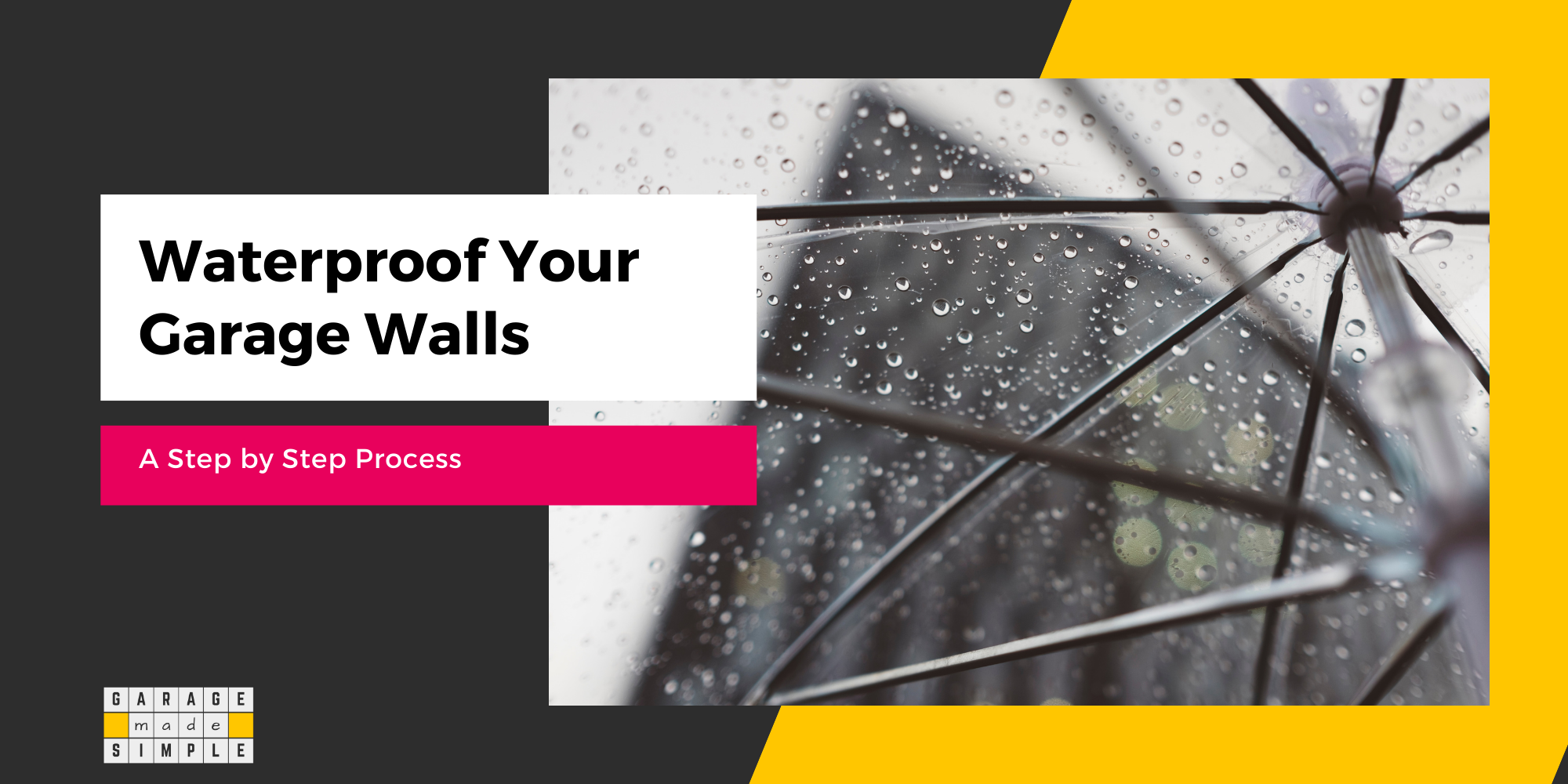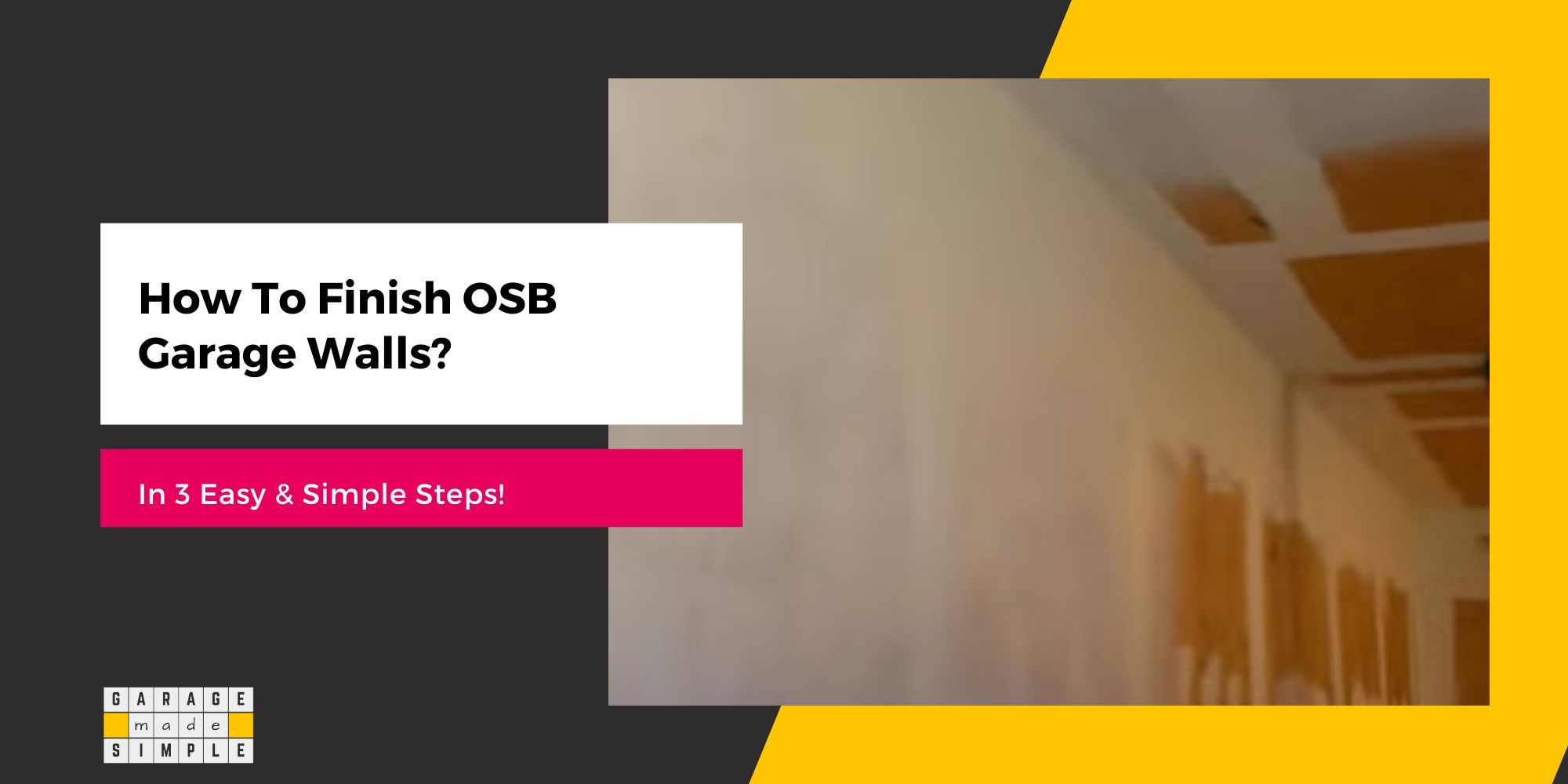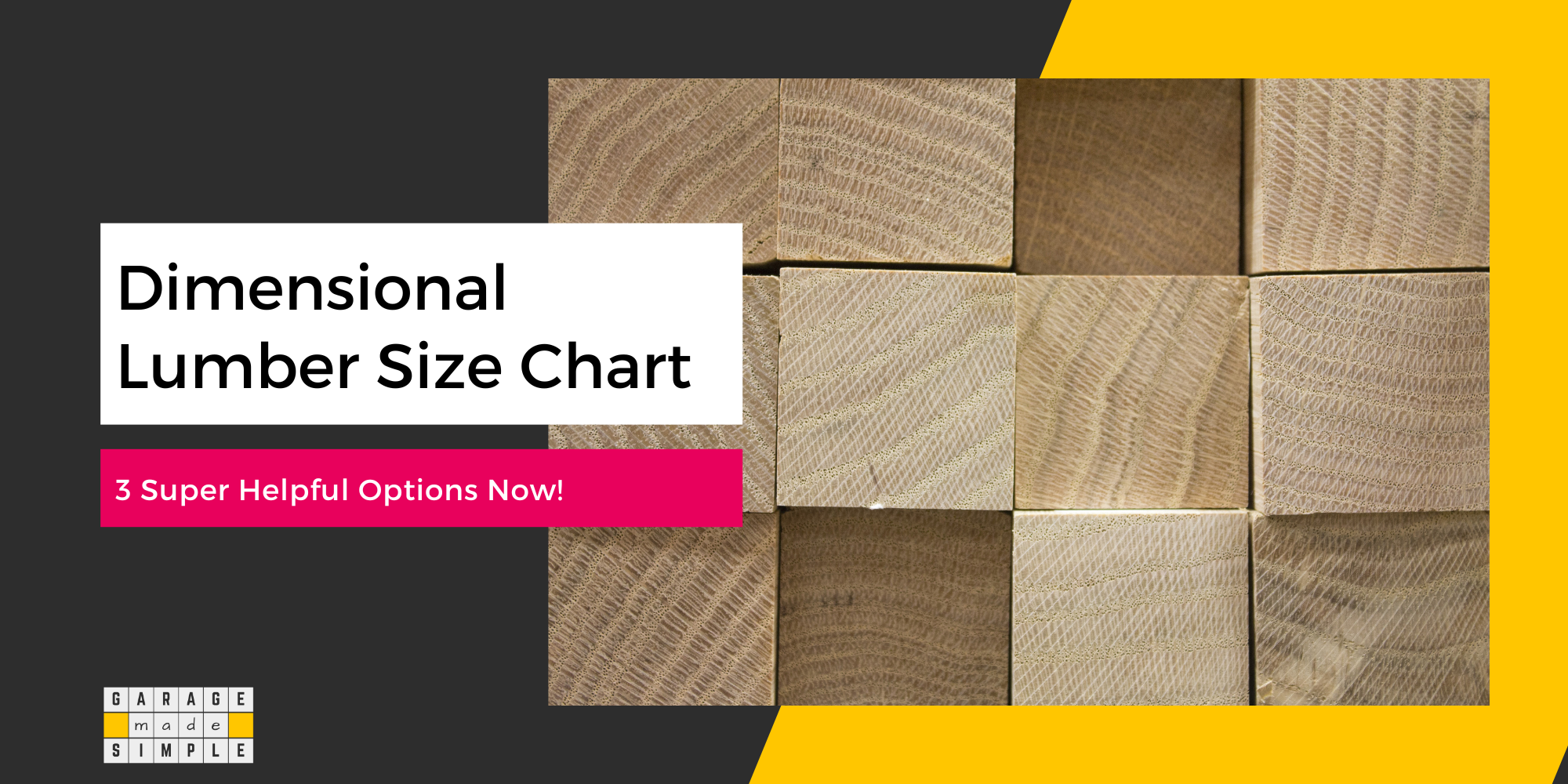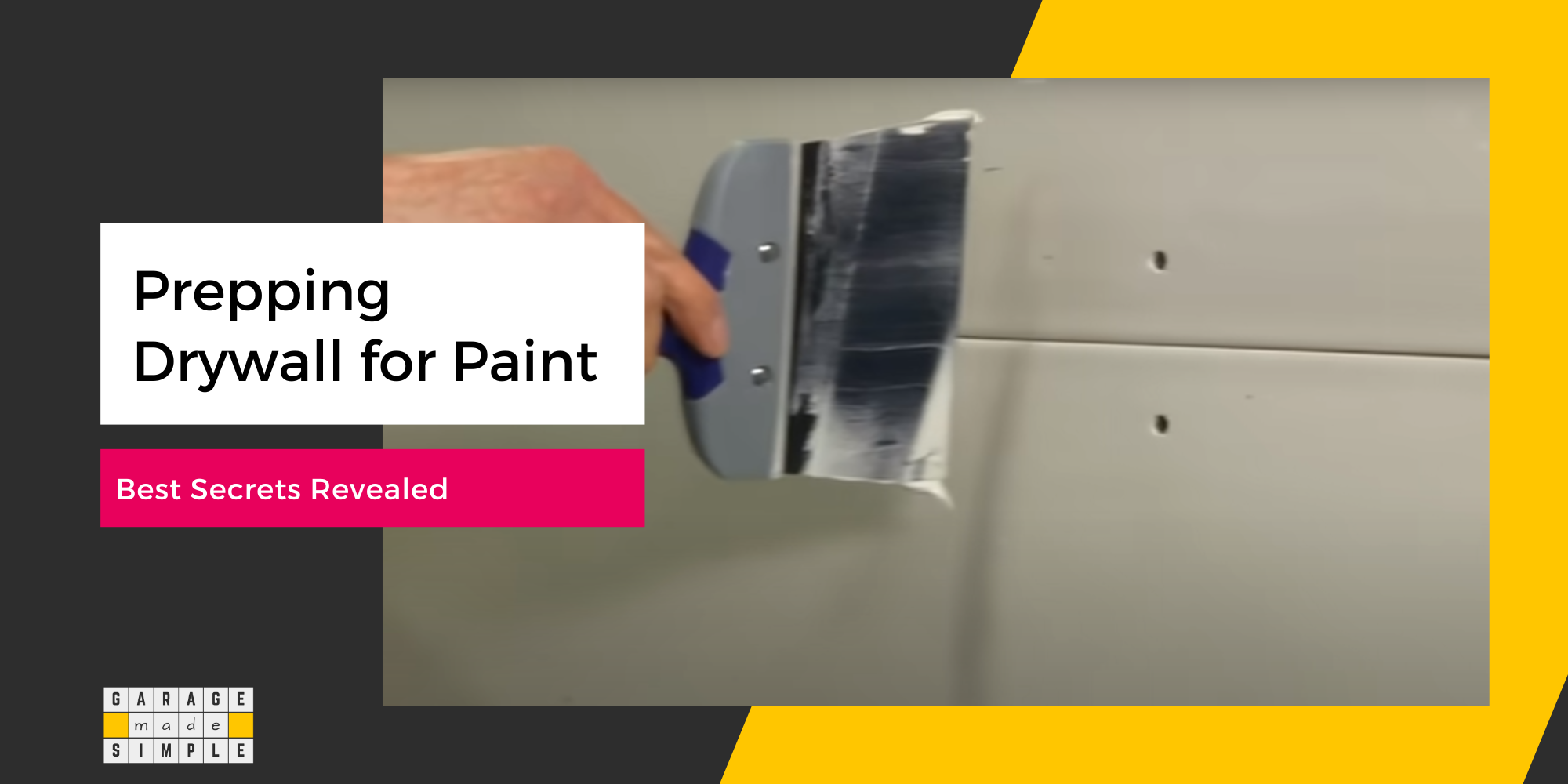Is Plywood Over Drywall In The Garage Helpful? (Find Out!)
As an Amazon Associate, I earn from qualifying purchases.
Can I Put Plywood Over Drywall in My Garage?
Drywall is the most popular sheathing material for finishing a garage. Plywood or other sheathing material can also be used, provided they meet the fire rating standard or are used on garage walls not adjoining living space. But, can you put plywood over drywall in the garage? Is it helpful?
By using plywood over drywall on the walls adjoining to the dwelling unit, you can meet the IRC code and yet get the impact strength and water resistance that you desire.
The 2018 IRC code requires that the garage walls that are adjoining to the dwelling unit, must be finished with “gypsum board or equivalent”. Once you have used a drywall, with a thickness of at least ½”, you have complied with the code.
You do not violate the building code by putting an additional layer of plywood over the drywall in your garage.
But the more important questions are; is plywood over drywall in your garage helpful? Is it worth the extra cost and labor?
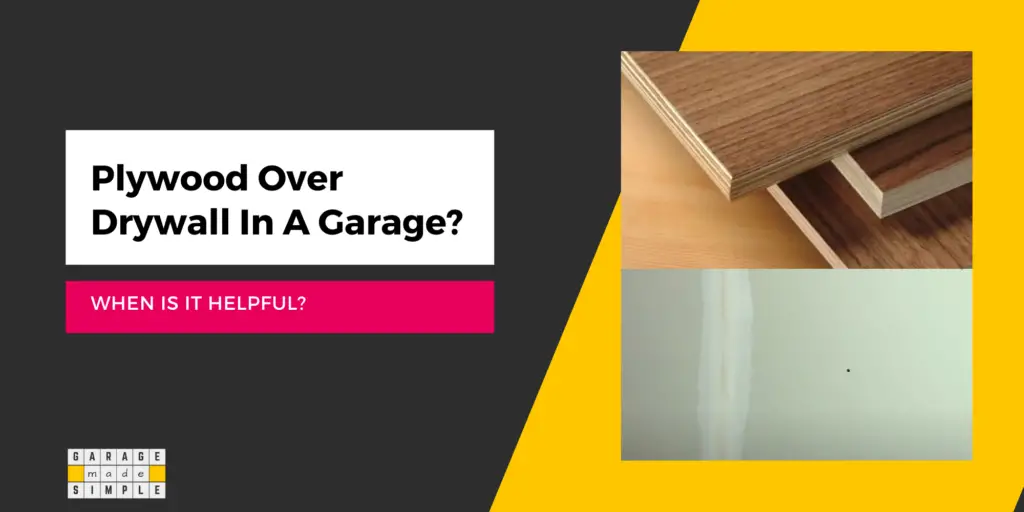
In this post I am going to answer these questions. I will also touch upon the topic of when it makes sense to use both drywall and plywood together, when finishing a garage wall.
What Is Drywall Made Of?
Drywall is basically a panel of gypsum held together by additives and sandwiched between two sheets of paper. Gypsum is a mineral which is available in plenty (it will take 350 years to exhaust the world’s deposits). Though gypsum is a solid powdery substance, it is actually 50% water (by volume) in crystalline form.
This unique composition makes gypsum fire resistant. The temperature of the gypsum will not go beyond 212°F (100°C) till all the water has evaporated. And even after that gypsum will not catch fire.
Drywall is a great sheathing option, especially for a garage as it is fire rated, easy to install and very affordable. It lets you tuck away messy stuff like insulation, piping, wiring etc. within the garage wall stud bays and the drywall.
What Is Plywood Made From?
Plywood is made from thin veneers of wood peelings from logs. A log after debarking is rotated and the veneer comes out much like the shavings when you sharpen a pencil.
The veneers are laid out in layers, each layer perpendicular to the adjoining layer. The layer is called a “ply”. The layers are bonded together, using adhesives, heat & pressure. Higher the number of ply’s, higher is the strength, particularly the impact & shear strength, of the plywood.
Plywood comes in 5 ratings as under:
- Exterior – waterproof & weatherproof
- Exposure 1 – waterproof but not weatherproof
- Exposure 2 – moisture proof but not waterproof
- Interior – not moisture proof & suitable for interior use
- Structural 1 – rated for seismic retrofit work
What’s the Difference Between Drywall and Plywood?
Both Drywall and Plywood are excellent sheathing materials and are used extensively in finishing garages. But they do have their differences. The most important ones are:
Fire Resistance
Drywall Fire Resistance
Drywall (often referred to as Sheetrock) is classified as non-combustible when tested as per ASTM E136-19a.
SHEETROCK (Drywall) has a very low score (15 for flame spread index and 5 for smoke developed index). As such Drywall is classified as Class A (Class I) under IBC when tested in accordance with ASTM E84.
Plywood Fire Resistance
“Tests conducted in 1974 by Underwriters Laboratories showed flame-spread ratings from 75 to 200 for common plywood grades.”
Source: Performance Panels
Plywood used for sheathing of walls are usually classified as Class B or Class C when tested in accordance with ASTM E84 or UL723.
Drywall is a lot better than Plywood for Garage Walls when it comes to Fire Resistance.
Impact & Shear Resistance
Garage walls are more likely to be hit by vehicular & foot traffic and by the movement of garage tools & furniture etc. You need garage walls to have high Impact Strength. You also want to hang a lot of stuff like tools, ladders, slatwall or pegboard etc from the garage wall.
Drywall Impact & Shear Strength
Drywall is woefully disappointing when it comes to impact resistance. It will get nicks and cuts pretty easily. Drywall also has extremely poor shear strength. You have to therefore hang everything from the garage wall studs. Drywall can hardly take any load.
Plywood Impact & Shear Strength
Plywood can handle a bump from your car or a hit by a lawn mower quite well. Moreover, you can hang workshop tools and backpacks on hooks, directly on the plywood. No need to look for the garage wall studs!
Of course the strength does depend on various factors such as thickness, number of plies, the type of wood etc.
Plywood has a much higher Impact & Shear Strength when compared to Drywall.
Durability
Resistance to moisture, mold & mildew and pests determines the durability of a sheathing material
Moisture Resistance of Drywall
Drywall is a porous and hygroscopic material. So if your garage gets flooded and the floor has water pooling near the walls, the drywall will absorb the water like a bath towel. The water will wick and spread making a large section of the lower wall soggy.
Moisture Resistance of Plywood
Plywood boards have APA Exposure Durability Rating on the labels attached to them. There are 4 ratings to choose from:
- Exterior – waterproof & weatherproof
- Exposure 1 – waterproof but not weatherproof
- Exposure 2 – moisture proof but not waterproof
- Interior – not moisture proof & suitable for interior use
Plywood will not crumble and disintegrate, like drywall, even if it gets wet and absorbs some moisture.
Mold & Mildew Growth
The garage will get the unmistakable musty smell of growth of mold & mildew if the walls have been damp for a while.
Drywall is more likely to promote mold & mildew growth, as compared to Plywood.
Pest Resistance
Drywall is pretty much impervious to attacks from all kinds of pests, because it is basically almost totally gypsum. Plywood, unless treated, can be attacked by pests such as termites.
In dry climates Drywall is more durable than Plywood. However, in wet climates pest resistant plywood will outlast drywall.
Ease of Installation
The ease of installation should consider the ease of cutting and the weight of each standard board.
Plywood requires a saw to make a cut, but Drywall can be scored with a utility knife and snapped clean.
A 5/8″ sheet of Drywall (4’X8’) typically weighs around 74 pounds. On the other hand, a 5/8″ sheet of Plywood (4’X8’) typically weighs around 48 pounds.
Drywall is easier to cut but heavier than Plywood.
The Cost
A sheet of 1/2 in. x 4 ft. x 8 ft. Sheetrock UltraLight Drywall costs around $11.10. In comparison a sheet of 1/2 in. x 4 ft. x 8 ft. Sande Plywood costs $41.35.
So Drywall is a lot cheaper than Plywood.
When Is Putting Plywood Over Drywall in a Garage Helpful?
When it comes to sheathing the interior of a garage wall, you can have one of the following 3 situations.
Attached Garage: Wall Adjoining the House
The attached garage wall adjoining the house must comply with Table 302.6 of 2018 International Residential Code (IRC). The code requires use of “Not less than ½” of gypsum board or equivalent”, for the wall.
It is therefore best to use drywall, preferably ⅝” thick and then cover it with plywood. The drywall gives you the fire resistance and the plywood gives you the impact and shear strength.
TIP #1: Nail or screw the plywood such that the plywood edge does not fall on the same stud as the drywall edge.
TIP #2: If you just want to protect the lower part of the drywall from water pooling and impacts, cover only the lower half the drywall with plywood.
Attached Garage: Walls Perpendicular to the House
The attached garage walls perpendicular to the house do not need to be fire rated. You are therefore free to use either plywood or drywall. There is simply no point in using both.
Use drywall to save money. Use plywood if you really need strength.
Detached Garage
The IRC fire related code does not apply to the walls of a detached garage. So follow the same logic as above.
Thank you very much for reading the post. I do hope you found it informative and useful.

